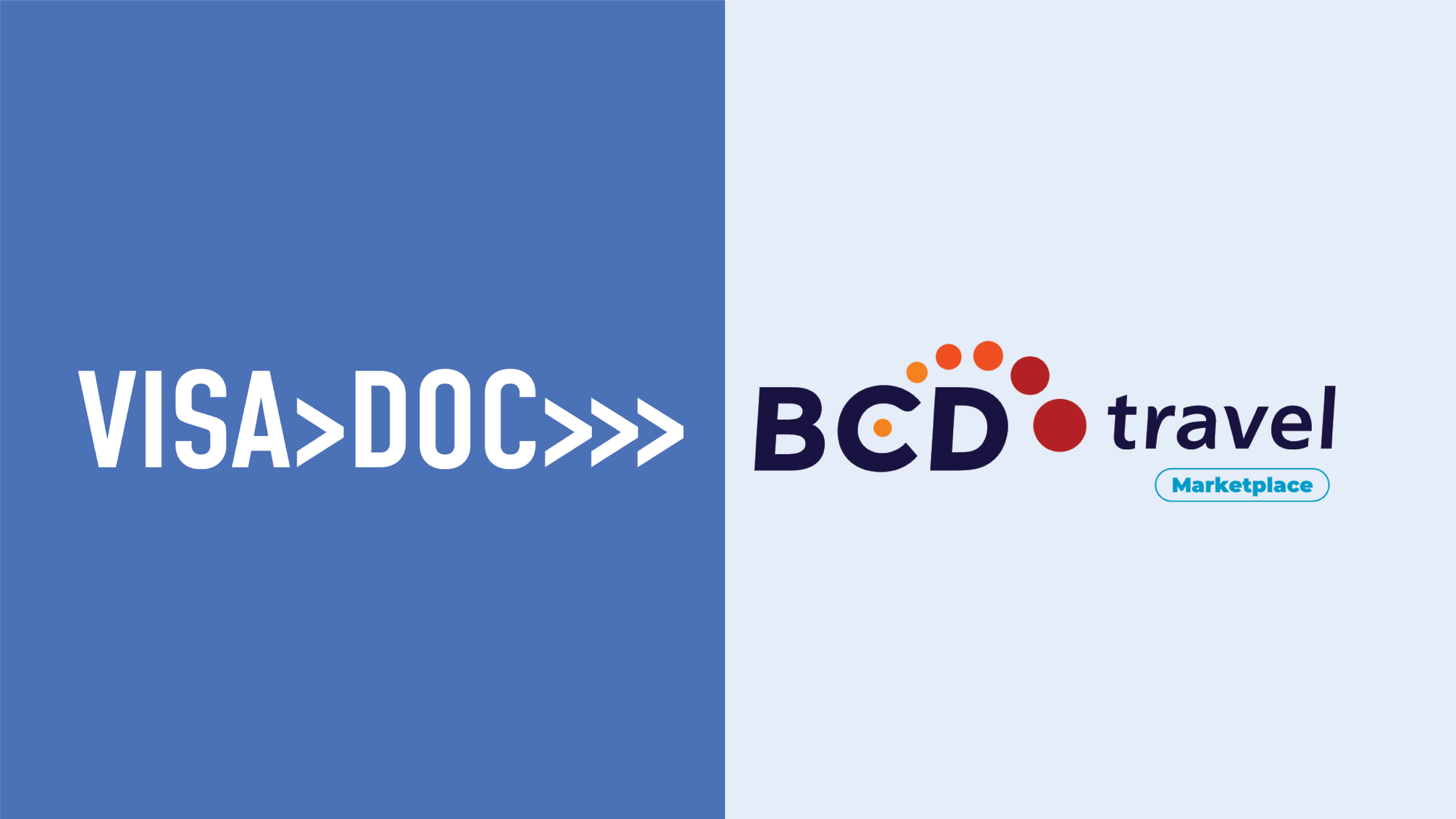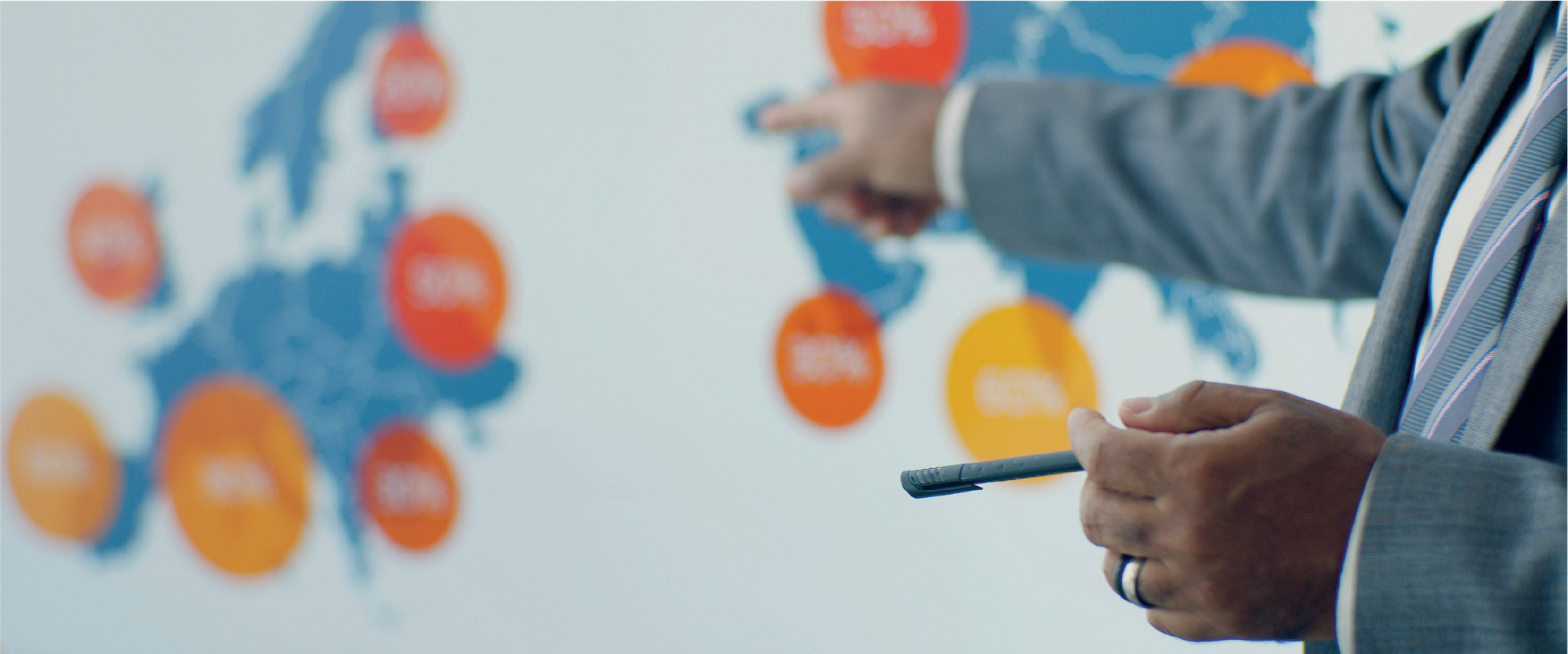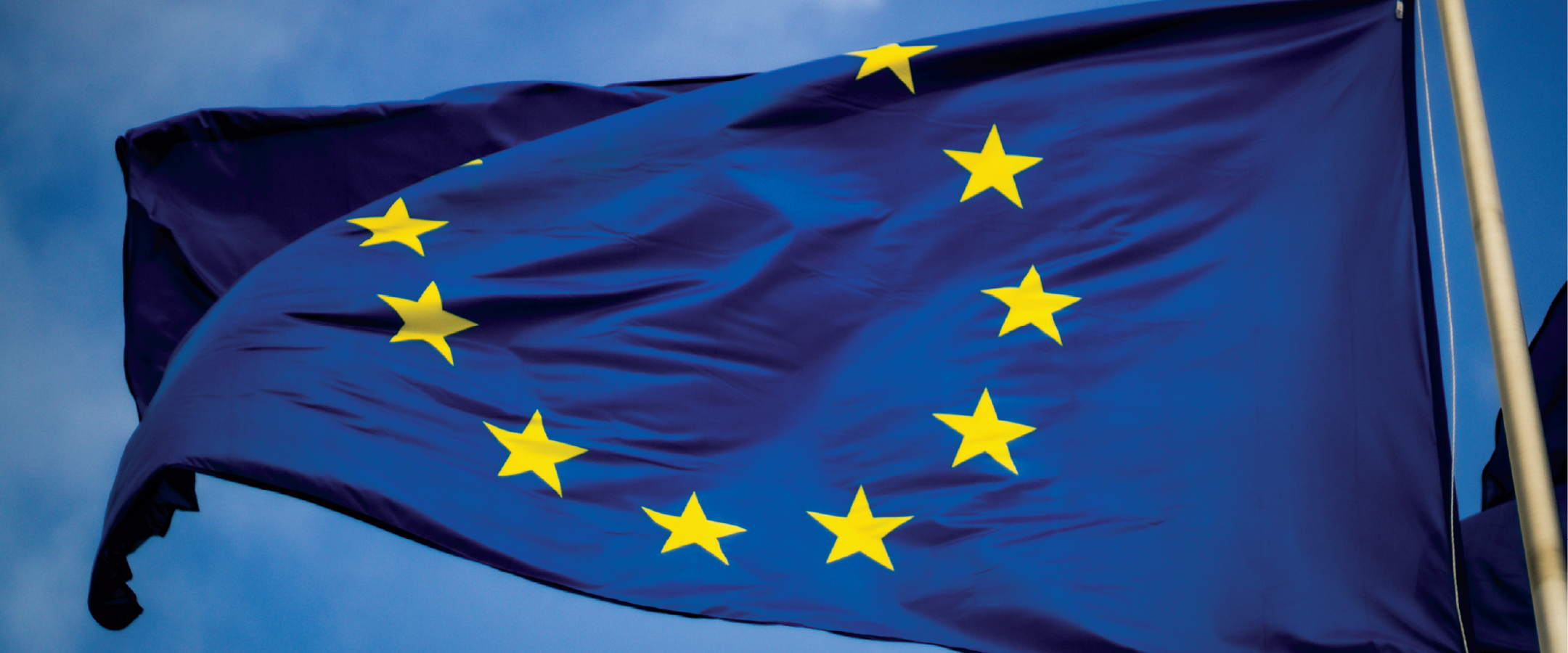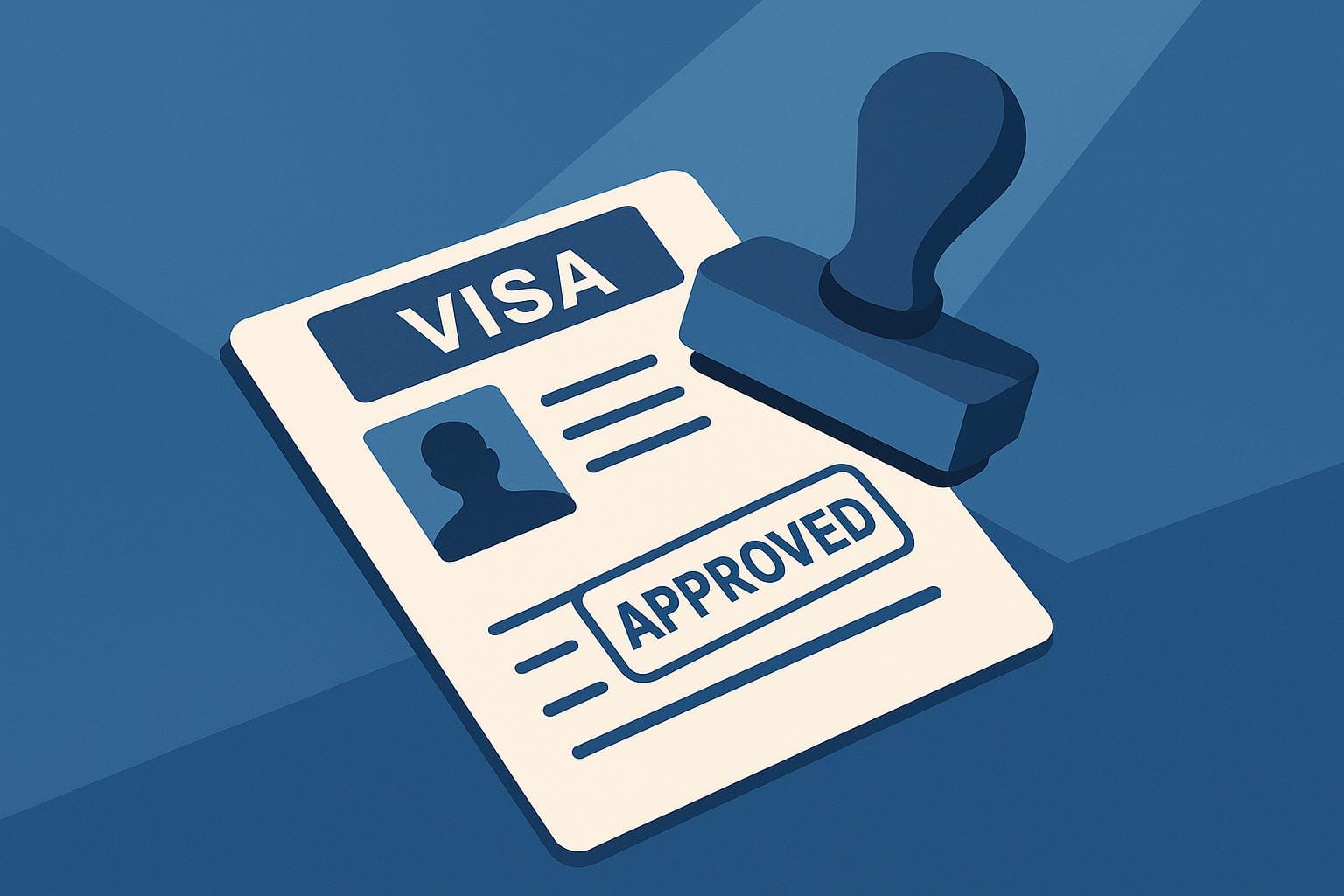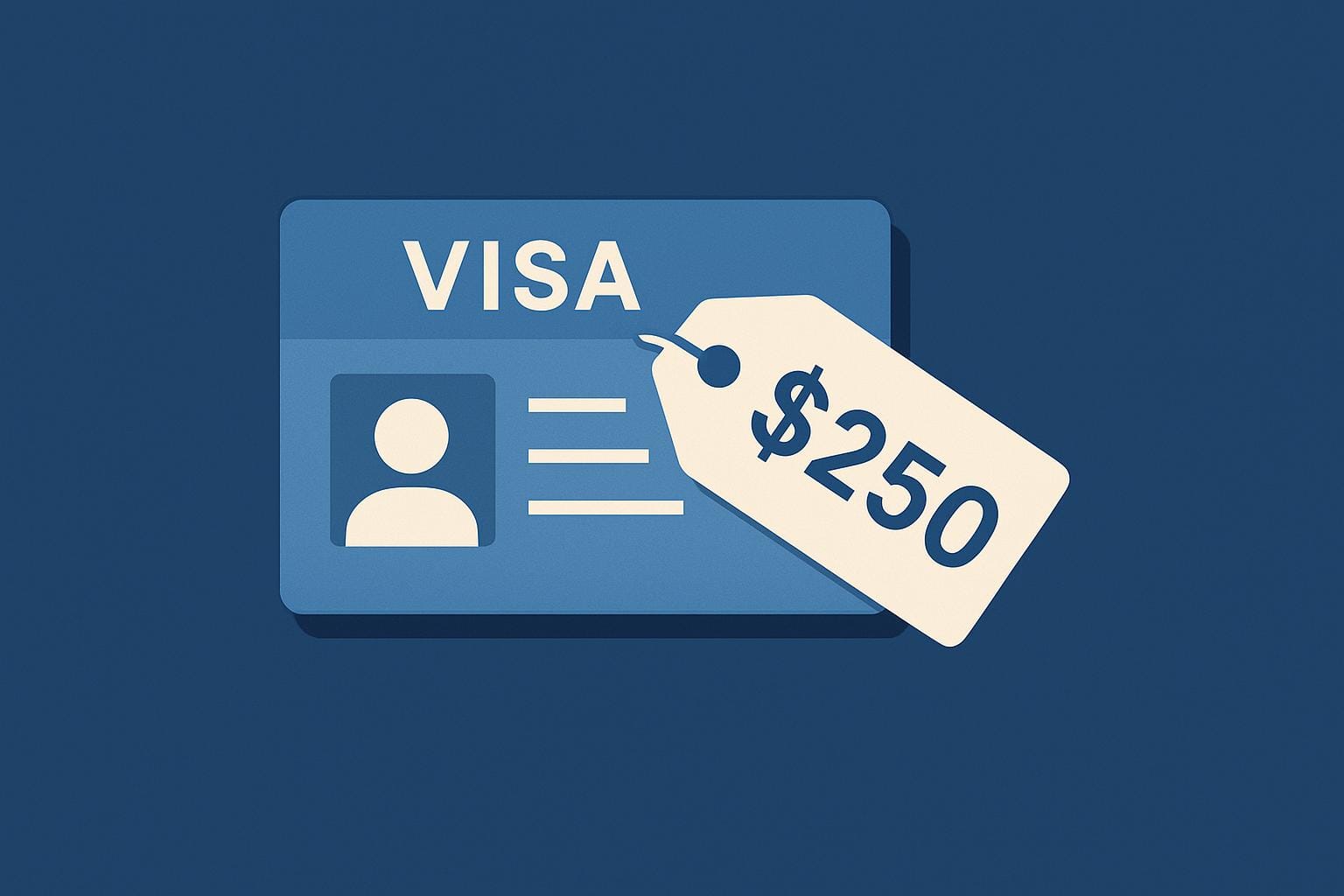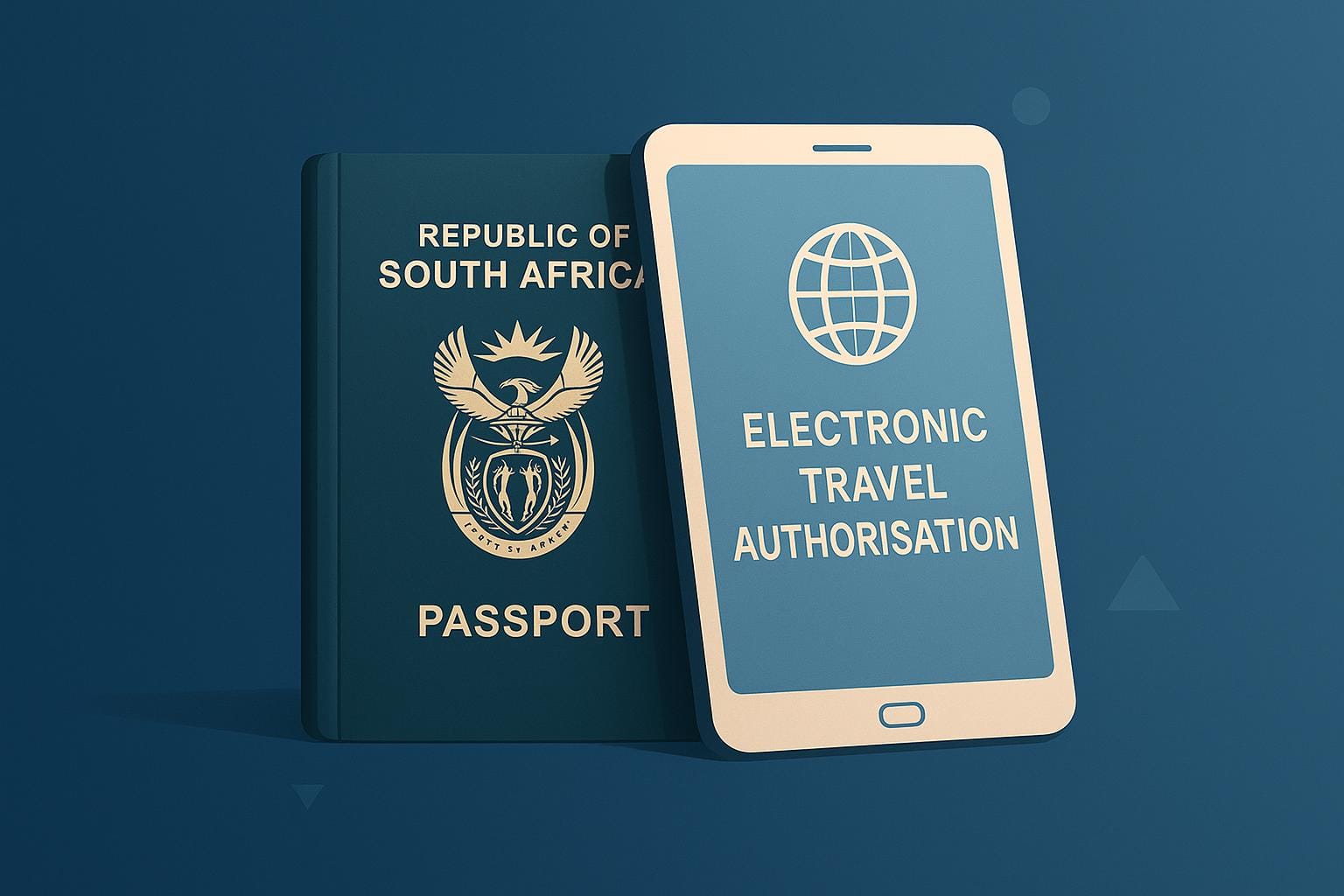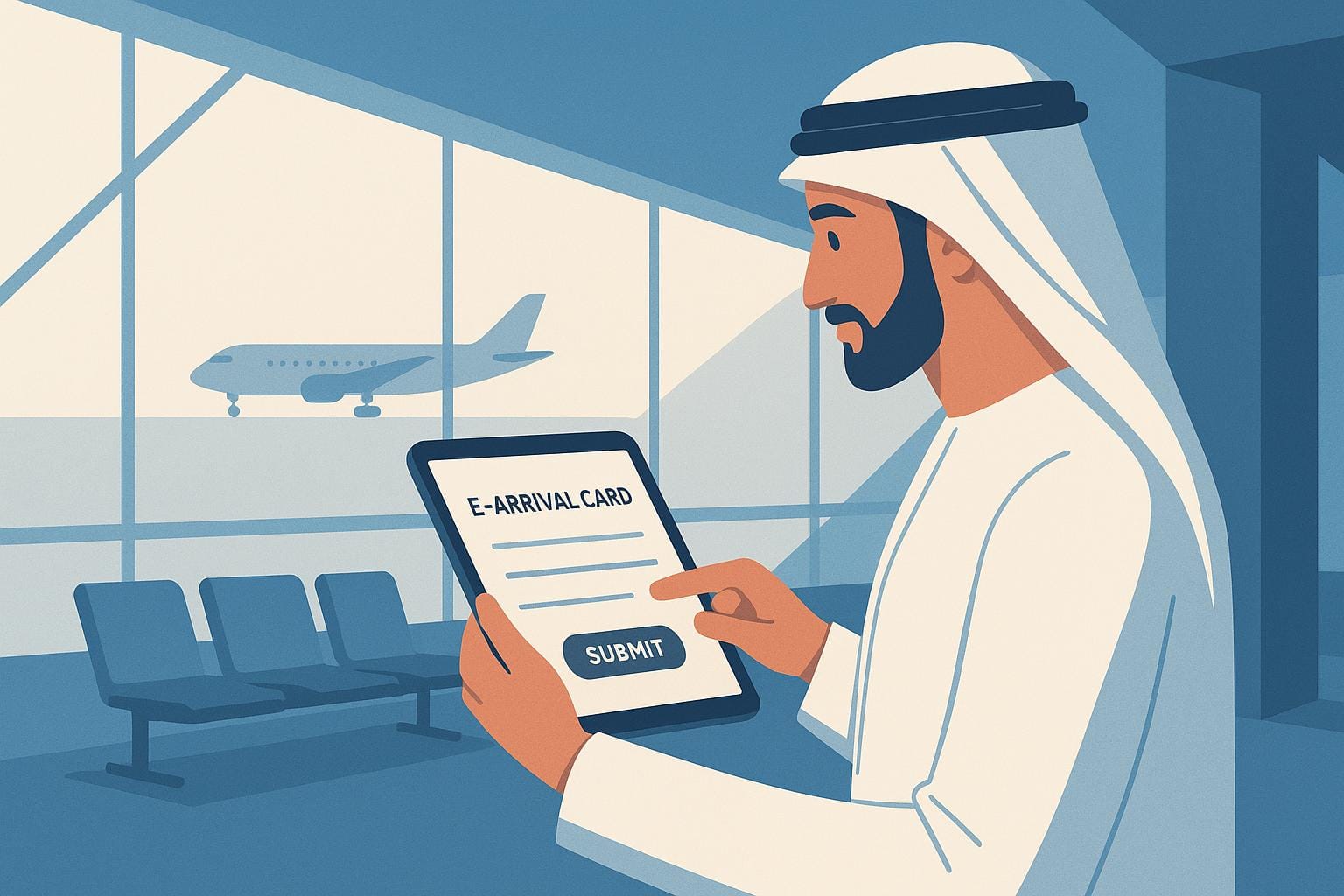If you’re a business traveler planning trips across Europe for meetings, conferences, site visits, or client negotiations, you already know that handling visa requirements can be one of the trickiest parts of your journey. In this guide, we break down everything you need to know about obtaining a Schengen visa for business purposes, with added emphasis on compliance, business activities eligibility, and the critical 90/180 rule.
Whether you’re an HR manager coordinating multiple trips or a frequent traveler managing your own itinerary, this comprehensive guide is here to help you stay compliant and maximize your time abroad.
What Is a Schengen Visa and Why It Matters for Business Travelers
A Schengen visa is much more than just an entry permit—it’s your key to seamless travel across 26 European countries without internal border checks. For business travelers, it means you can move freely between major business hubs like Berlin, Paris, Madrid, and Rome without the hassle of multiple visa applications.
Key Features for Business Travelers:
- Multi-Country Access: Once approved, you’re allowed to travel within all Schengen member states. This is invaluable when your business involves meeting clients or partners across several countries.
- Short-Term Stay: The visa typically permits a stay of up to 90 days within any 180-day period. This is important for those with multiple short trips in a year.
- Uniform Application Process: Most Schengen countries follow similar requirements, making it easier to prepare a standardized set of documents for business travel.
Business Travel Eligibility, Compliance, and Permissible Activities
Who Needs a Schengen Visa for Business?
If you’re from a country that does not enjoy visa-free travel to the Schengen Area—common among non-EU nationals from India, China, Brazil, etc.—you must apply for a Schengen visa even for business visits. Additionally, even citizens from visa-waived countries (like the US or UK) must now consider additional requirements such as ETIAS for travel in 2026.
Permissible Business Activities
A business visa for the Schengen Area is strictly for activities such as:
- Attending meetings and conferences: Whether you’re attending a one-off meeting or a multi-day conference, this is the standard use of a business visa.
- Site visits and factory tours: If you’re inspecting facilities or assessing business operations, these activities fall under the visa’s permitted scope.
- Contract negotiations and signing: Concluding contracts or meeting with prospective partners is allowed.
- Short-term training and seminars: Participating in training programs, workshops, or seminars also qualifies.
If your activities go beyond these permitted categories (for example, performing actual work or providing services that resemble local employment), you may need a work permit or a national visa rather than a short-stay Schengen visa.
Visa officers say:
“the activities undertaken under a business visit visa must strictly remain within the scope of business meetings and negotiations, and not cross into employment or service provision”.
Checking Your Business Compliance
Before you travel, conduct an internal compliance check:
- Review the purpose of each trip: Ensure that every planned activity aligns with the permissible scope of a Schengen business visa.
- Consult legal or visa experts: Especially if your visit involves complex activities (like hands-on technical support), get advice on whether additional permits are necessary.
- Document your itinerary and invitations: Keep a detailed record of your business meetings, invitations from European companies, and any confirmations of attendance to demonstrate the true purpose of your visit.
The 90/180 Rule: Understanding and Applying It
One of the most critical aspects of Schengen visa compliance is the 90/180 rule. This rule means that regardless of your visa type, you can only spend 90 days in total within the Schengen Area during any rolling 180-day period.
How Does It Work?
- Start Counting at Entry: Your first day in the Schengen Area counts as “Day 1.” For example, if you enter on March 1, that day is counted.
- Rolling Period: The 180-day period is a moving window. Each day you are in the Schengen Area, you need to look back over the previous 180 days to ensure your total days do not exceed 90.
Real-World Example:
Imagine you enter Germany on March 1 and stay for 15 days, then leave. If you return on June 1 for another 20 days, your cumulative stay will be 35 days. Every new entry will require a check to ensure that, when added to your previous stays, the total does not exceed 90 days over the last 180 days.
Tools and Tips for Tracking Your Stay:
- Online Short-Stay Calculators: Use official tools provided by the European Commission or dedicated visa websites to track your days. These calculators help prevent accidental overstays, which can lead to penalties.
- Maintain a Personal Log: Keep a detailed record of each entry and exit date to have a quick reference when planning subsequent trips.
- Plan Trips Strategically: If you have frequent business travel, schedule your trips in a way that maximizes the allowed days without compromising essential meetings.
Step-by-Step Guide to Applying for a Schengen Visa for Business
Getting your documents and applications in order is critical to a smooth visa process. Here’s a step-by-step breakdown with a focus on what business travelers specifically need to consider.
1. Determine Your Main Destination
Decide which Schengen country is your primary destination. If your itinerary involves multiple countries, apply at the consulate of the country where you’ll spend the most time or conduct the main business activity.
Example:
If you’re attending a week-long conference in Amsterdam and then planning a short meeting in Paris, Amsterdam is considered your main destination.
2. Collect the Necessary Documents
A robust application for a business visa should include:
- Completed Application Form: Fill it out carefully to avoid delays.
- Valid Passport: Must be valid for at least three months beyond your planned exit from the Schengen Area.
- Business Invitation Letter: This letter should be from your European business partner or the conference organizer. It must detail the purpose, duration, and nature of your visit.
- Proof of Accommodation: Hotel bookings or a letter from a host.
- Detailed Travel Itinerary: Include flights, meeting schedules, and other key dates.
- Travel Insurance: Must cover at least €30,000 for emergencies.
- Proof of Financial Means: Bank statements or an official letter from your employer that demonstrates sufficient funds.
- Company Letter of Support: Especially important for business travelers, this letter should outline your role, the purpose of the trip, and confirm that the company supports your travel for business purposes.
3. Schedule Your Appointment
Contact the embassy or visa application center as soon as your travel dates are confirmed. Business travel often means tight deadlines, so early scheduling is crucial.
4. Attend the Visa Interview
Dress professionally and arrive prepared:
- Bring Original Documents and Copies: This demonstrates your organization and commitment.
- Be Ready to Explain Your Business Activities: Clearly outline your itinerary, purpose, and how your visit complies with the visa’s intended use.
- Emphasize Your Ties to Your Home Country: Visa officers want to be sure that you intend to return after your trip. This can be evidenced by your employment status, property ownership, or family ties.
A visa officer once explained:
“Applicants who present a clear business itinerary, with proper documentation and strong ties to their home country, generally experience a smoother interview process.”
5. Pay the Visa Fee
The fee for a Schengen visa is generally €90, though it may vary for certain age groups or nationalities. Confirm the exact amount with your consulate, and remember that the fee is non-refundable.
6. Wait for Processing
The typical processing time is 7 to 15 days, but it can extend during peak periods. Given the urgency often associated with business travel, consider applying well in advance and inquire about expedited processing if necessary.
Business Compliance and Additional Considerations
For business travelers, the visa process goes beyond simply getting permission to enter Europe. There are several compliance issues and business activities checks to keep in mind:
1. Verification of Business Purpose
Visa officers scrutinize business visas to ensure the activities planned are strictly within permitted business purposes. If your trip involves activities that could be seen as employment or service provision, you might be required to secure a work permit instead.
Example: If you’re not just attending a meeting but also delivering a training session that resembles local employment, you may need additional work authorization.
2. Monitoring Stay Duration for Business Trips
As discussed, the 90/180 rule is especially significant for frequent business travelers. Overstaying—even inadvertently—can result in fines, deportation, or future entry bans.
Compliance Reminder: If your business travel plans are close to exceeding the limit, consider rescheduling non-critical meetings or applying for a different type of visa that accommodates longer stays.
3. Tax and Social Security Implications
Extended business travel may have repercussions beyond immigration. Spending significant time in a Schengen country might trigger local tax obligations or social security contributions.
Real-World Case: One multinational reported that after several employees exceeded their allowable stay by even a few days, they faced unexpected tax deductions and higher compliance costs. Adjusting travel schedules and closely monitoring stays can help avoid such pitfalls.
4. Business Activity Checks and Eligibility
Certain business activities, such as signing contracts or closing deals, are permissible under a Schengen business visa. However, if your visit involves offering services, setting up operations, or working in a local capacity, different rules apply.
- Eligibility Check: Always verify if the planned activities fall under “business visitor” or if they might be considered work. If uncertain, consult with immigration or legal experts.
Officials say: “The key to a successful business visa application is ensuring that the activities listed are clearly for meetings, consultations, or evaluations—not for undertaking productive employment in the host country.”
5. Planning for Multiple Trips
If your role involves frequent trips to Europe, consider applying for a multiple-entry visa. These visas are generally issued for one, three, or even five years and allow you to enter and exit as needed, provided you respect the 90/180 rule.
- Example: A consultant from a global firm successfully applied for a five-year multiple-entry visa, enabling seamless travel for various short-term projects across Europe. However, he meticulously tracked his days to ensure compliance with the rule.
Practical Tools and Resources for Business Travelers
Online Calculators and Scheduling Tools
To ensure you never inadvertently overstay:
- Schengen Short-Stay Calculator: This tool lets you enter your travel dates and calculates how many days you’ve used and how many remain in your current 180-day period.
- Travel Log Apps: Use mobile apps or spreadsheets to log every entry and exit date. This is especially useful for frequent travelers who may have overlapping trips.
Checklists and Compliance Templates
Develop or adopt a checklist that includes:
- A list of all required documents for business visas.
- A travel itinerary that clearly marks business activities.
- A compliance log to track your days in the Schengen Area.
- A review section for HR or legal teams to confirm that each planned activity falls within the permitted scope.
Expert Consultation
Given the nuances of business travel, especially with the interplay between visa compliance, tax, and work permits, consulting with experts is often invaluable.
- Legal Advisors: Particularly if your business activities are borderline, getting advice from immigration lawyers can help prevent costly mistakes.
Visa Processing AI
VisaDoc: Business visa processing platform can review your application, ensure your business activities are appropriately classified, and provide ongoing support for frequent travelers.
Wrapping Up: A Roadmap for Business Travelers
Navigating the Schengen visa process as a business traveler is complex but manageable when you have the right tools and information. Here’s a quick recap of what you need to keep in mind:
- Understand the Basics:
- A Schengen visa allows entry to 26 European countries for short stays, with a maximum of 90 days in any 180-day period.
- Ensure your purpose aligns strictly with permitted business activities—meetings, conferences, negotiations, and site visits.
- Plan and Prepare:
- Decide on your main destination.
- Gather all necessary documents, including invitation letters, detailed itineraries, and proof of financial means.
- Schedule your appointment well in advance to avoid last-minute stress.
- Be Compliant:
- Use online tools to track your 90/180 rule usage.
- Verify that your business activities are compliant and do not cross into areas requiring work permits.
- Stay informed about potential tax and social security implications if you are traveling frequently.
- Leverage Multiple-Entry Visas:
- For frequent business trips, consider applying for a multiple-entry visa to ease planning while ensuring you remain within legal limits.
- Consult Experts:
- Don’t hesitate to seek advice from visa consultants or legal experts, especially if your travel plans are complex or if you’re nearing the 90-day limit.
As a business traveler, your time is valuable. With careful planning and a proactive approach to compliance, you can focus on building relationships, closing deals, and expanding your business across Europe without getting bogged down in paperwork or regulatory issues.
Final Thoughts
While the Schengen visa process may seem overwhelming at first, especially with the added complexities for business travel, having a clear understanding of the requirements, compliance issues, and the 90/180 rule can make all the difference. By planning ahead, keeping meticulous records, and seeking expert advice when needed, you can ensure that your business trips to Europe are smooth, efficient, and fully compliant with all regulations.
Remember, the key to successful business travel is not just about securing the visa but also about managing your travel days, ensuring that your activities fall within the allowed scope, and staying up to date with any regulatory changes. With this guide in hand, you’re better equipped to navigate the process and focus on what really matters: growing your business across Europe.
Happy traveling, and here’s to many successful business ventures in the Schengen Area!




